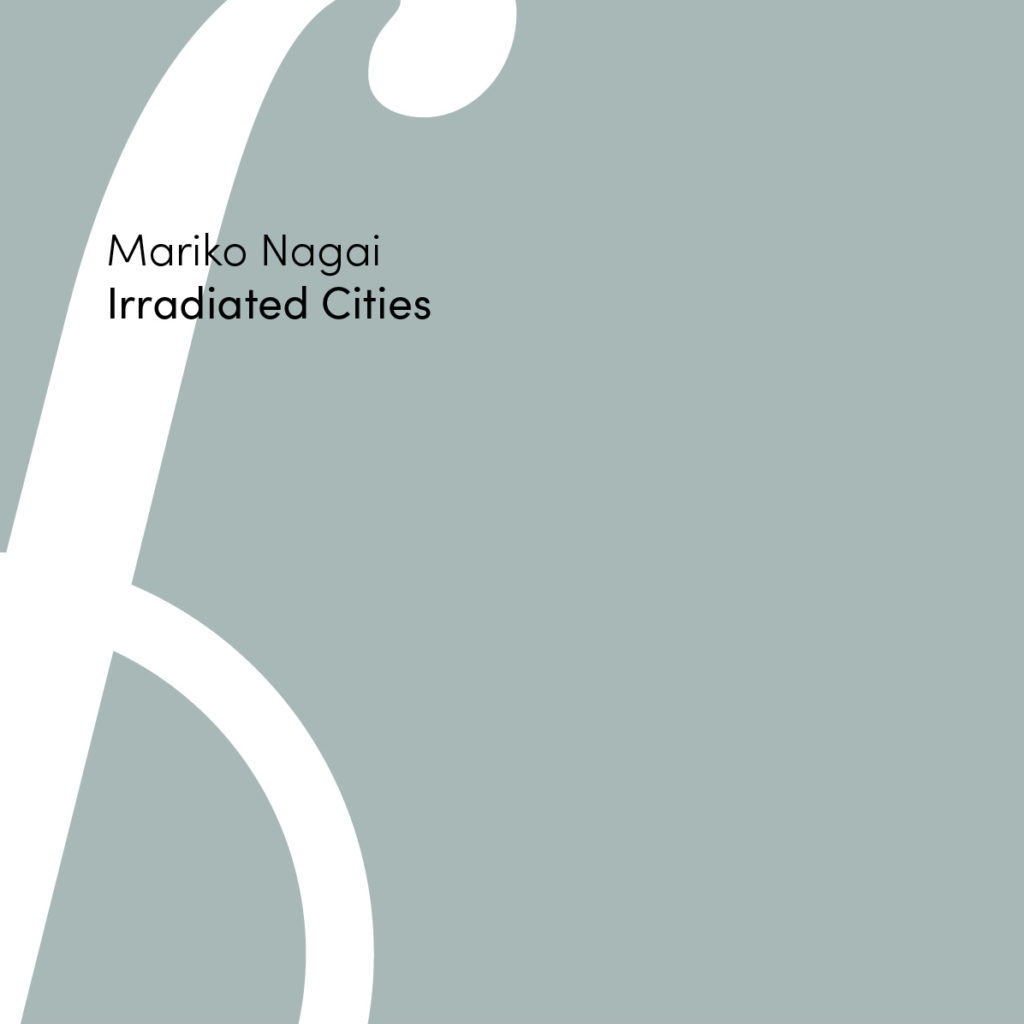The before, the after, and the event that divides. In Irradiated Cities, Mariko Nagai seeks the dividing events of nuclear catastrophe in Japan, exploring the aftermath of the bombings at Hiroshima and Nagasaki and the nuclear meltdown at Fukushima. Nagai’s lyric textual fragments and stark black and white photographs act as a guide through these spaces of loss, silence, echo, devastation, and memory. And haunting each shard and each page an enduring irradiation, the deadly residue of catastrophe that leaks into our DNA.
This title is a second edition, released as part of punctum’s Special Collections project.
About the First Edition
- Winner of the 2015 NOS Book Contest, as selected by guest judge lê thi diem thúy.
- Giovan Alonzi, “Rumors of Empathy: Mariko Nagai’s Irradiated Cities,” PANK.
- Harriet Staff, “On Mariko Nagai’s Continually Moving Irradiated Cities,“ Poetry Foundation.
- Aisling Daly, Review of Mariko Nagai, Irradiated Cities, Something on Paper.
- Katherine Coldiron, Review of Mariko Nagai, Irradiated Cities, The Los Angeles Review of Books.
- Nicole Nogi, “Book Spotlight: Irradiated Cities – Mariko Nagai.”
- “Irradiated Cities: poetry wars, unjustifying Hiroshima, and public intellectuals with Cassandra Atherton,” Book(ish) with George Dimarelos.

